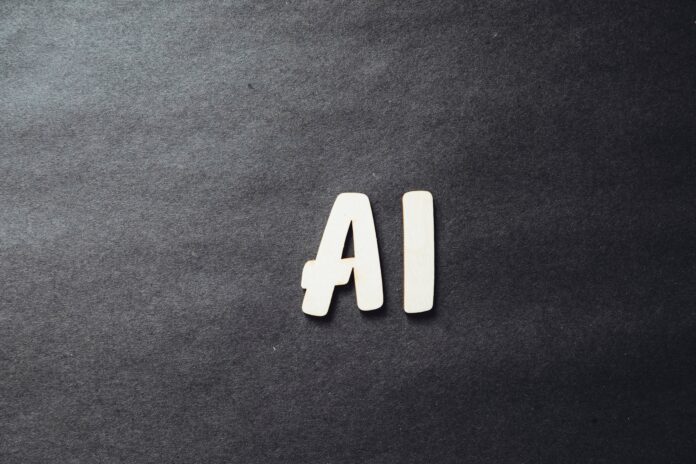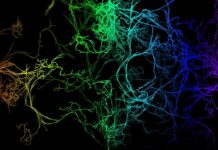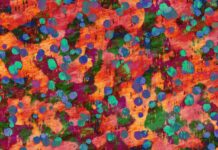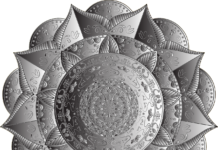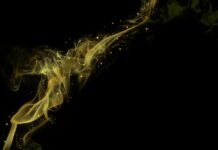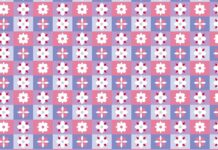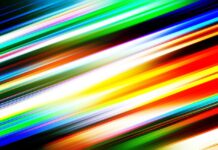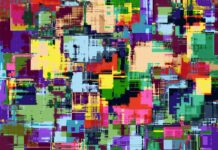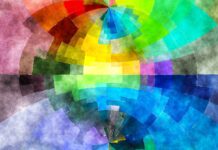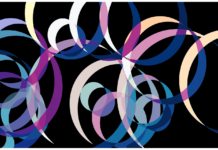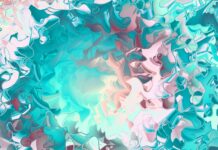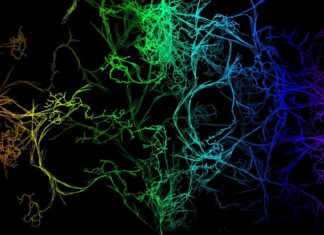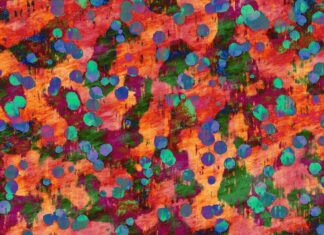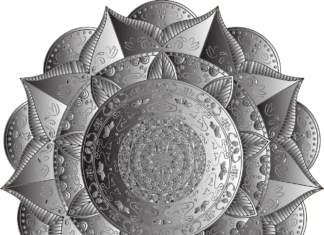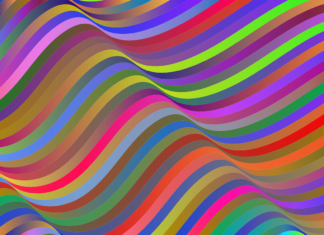DeepDream is a project created by Google’s artificial intelligence team, known as Google Brain. It is a visual recognition software that uses a neural network to identify and enhance patterns in images. Essentially, the program takes an input image and applies various filters and transformations to create a dreamlike, surreal version of the original.
Initially, the program was developed as a way to better understand how neural networks work and how they identify patterns in images. The team discovered that by modifying the input image and feeding it back through the network, they could create increasingly complex and abstract patterns. The results were often strange and otherworldly, resembling hallucinations or psychedelic art.
As the project gained popularity, it became a viral sensation, with users creating their own DeepDream images and sharing them online. The software has been used to create artwork, generate new ideas for product design, and even create music videos.
The technology behind DeepDream is based on a technique known as neural style transfer. This involves training a neural network to identify patterns in an image and then using that knowledge to modify other images. The process involves feeding an input image through a convolutional neural network, which identifies the features and patterns in the image. The network then applies those patterns to a second image, creating a new, modified version.
DeepDream takes this process a step further by repeatedly feeding the modified image back through the network, enhancing the patterns and creating more complex and abstract versions of the original. This creates a “dreamlike” effect, with images that are often surreal and otherworldly.
One of the most interesting aspects of DeepDream is the way in which it highlights the biases and patterns inherent in the neural network. Because the network has been trained on a specific set of images, it tends to identify certain patterns more easily than others. For example, the network might be more likely to identify a dog in an image than a cat, simply because it has been exposed to more images of dogs during training.
This bias is particularly evident in the images generated by DeepDream. Because the program is designed to enhance patterns in an image, it tends to amplify the features that the network is most familiar with. This often results in images that are dominated by eyes, faces, and other common patterns.
Despite its quirks and limitations, DeepDream has become a popular tool for generating creative and interesting images. Artists and designers have used the program to create everything from surreal landscapes to abstract patterns, and the technology behind it has inspired new approaches to image and pattern recognition.
As neural networks continue to evolve and become more sophisticated, it will be interesting to see how programs like DeepDream continue to develop and expand. Whether used as a tool for artistic expression or as a way to better understand the underlying processes of artificial intelligence, DeepDream is a fascinating glimpse into the potential of neural networks and their ability to transform the way we see and interact with the world around us.
DeepDream is not just a tool for creating trippy images. It has the potential to revolutionize the way we approach machine learning and artificial intelligence. By using a neural network to generate images, DeepDream allows us to peer into the workings of the network itself, and gain a better understanding of how these systems operate.
One potential application of this technology is in medical imaging. By training a neural network on thousands of medical images, we could use DeepDream to visualize how the network is making decisions about what is and isn’t cancerous tissue, for example. This would allow doctors and researchers to better understand the reasoning behind these decisions, and could potentially lead to more accurate diagnoses.
Another application could be in the field of robotics. By using DeepDream to generate images of what a robot is “seeing,” we could gain insights into how the robot is interpreting its environment, and identify areas where it might be making mistakes or misinterpreting data.
Overall, DeepDream represents an exciting new frontier in the world of machine learning and artificial intelligence. By allowing us to visualize the inner workings of these systems, it has the potential to unlock new insights and push the boundaries of what we thought was possible.
DeepDream was first introduced by Google in 2015 as a tool for creating trippy, psychedelic images. However, the technology behind it is much more complex than just creating cool visuals. At its core, DeepDream is a neural network that has been trained to recognize and classify images. By feeding it an image and then tweaking the input slightly, the network can generate a new image that maximizes the activation of certain neurons, resulting in a dream-like, surreal image.
But beyond just creating interesting images, DeepDream has the potential to revolutionize the field of machine learning. By visualizing how the neural network is processing images, we can gain a better understanding of how it works and potentially improve its accuracy and efficiency.
One area where DeepDream is already being used is in the field of art. Artists have used the tool to create unique and surreal pieces that push the boundaries of traditional art forms. By inputting an image into DeepDream and then manipulating the output, artists can create images that are unlike anything seen before. This has led to the emergence of a new form of art known as “DeepDream art.”
But beyond just art, DeepDream has potential applications in many fields. In the field of advertising, it could be used to create more effective and targeted ads by analyzing images and identifying which elements are most likely to catch a viewer’s attention. In the field of security, it could be used to identify potential threats by analyzing surveillance footage and identifying suspicious activity.
However, there are also potential downsides to the technology. One concern is the potential for DeepDream to be used to create convincing fake images and videos, which could be used to spread misinformation or even be used in criminal activities. Additionally, as with any technology, there is the risk of bias and discrimination if the neural network is trained on biased data.
Despite these concerns, the potential applications of DeepDream are vast and exciting. As researchers continue to explore the capabilities of this technology, we may see it being used in ways we never imagined.


